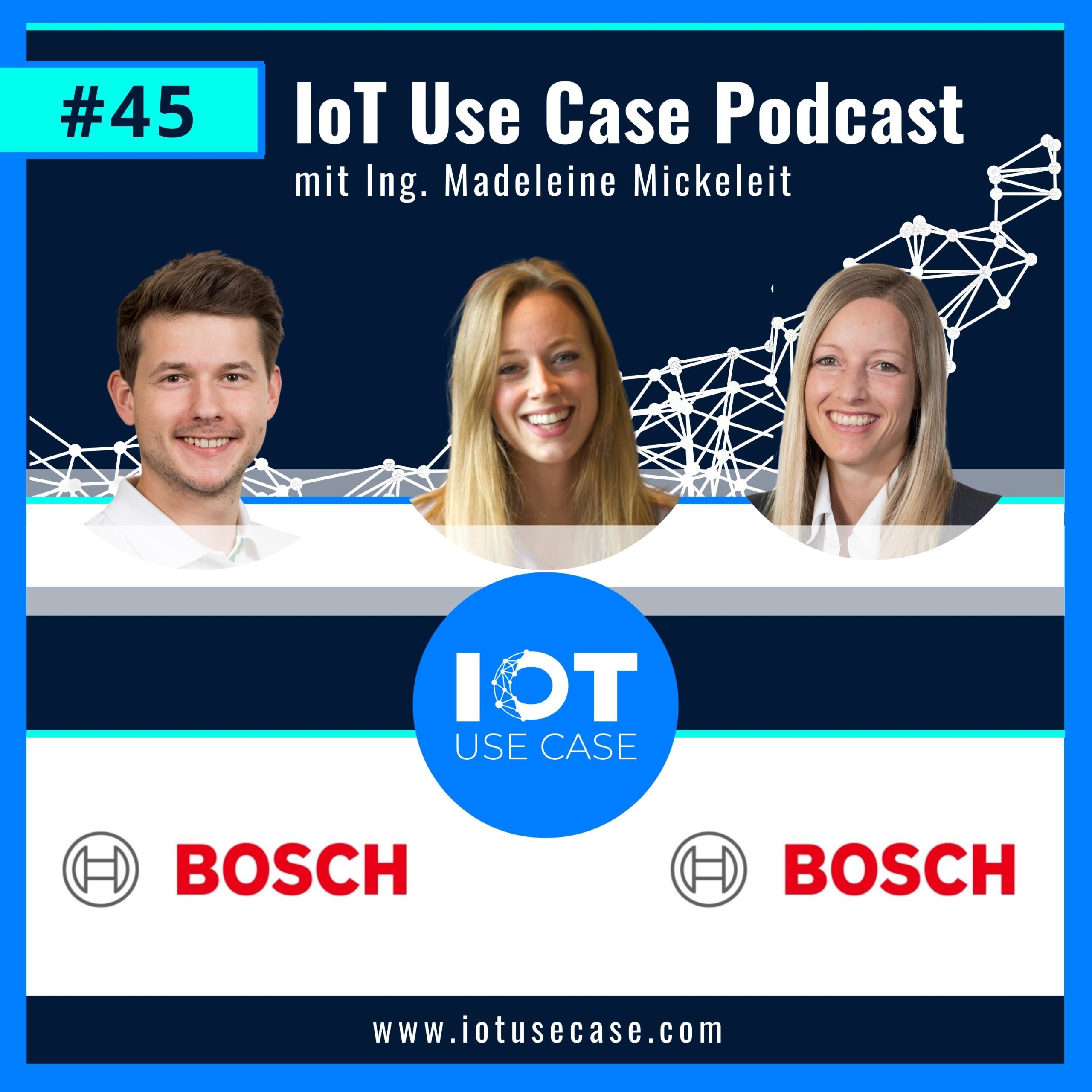Static routes and unnecessary stops cost time and money in intralogistics. Thanks to intelligent software solutions, the movement of goods can be planned and processed not only flexibly and efficiently, but also in real time.
The challenge: From static to flexible routes
The intralogistic transport of goods is at least as important for successful digitalization as intelligent manufacturing processes. What use is a fully automated line if the material does not arrive at the right place at the right time, or if the efficiency gained in intralogistics is lost again?
In production logistics, the milkrun concept has been used successfully for decades. In this process, goods are transported from one source (supermarket) to different stations, for example production lines. But far too often today, milk trains still stoically make all the stops – whether they have to pick up or deliver goods there or not. This costs a lot of time and ultimately a lot of money.
The solution: Intelligent route calculation in real time
Optimal utilization of the milk trucks is ensured by the Transport Management application of the Nexeed Industrial Application System from Bosch Connected Industry: The application plans upcoming and new transport requirements in real time so that orders can be processed as needed. All vehicles are stored in the system along with their characteristics such as loading capacities and scheduled routes. Together with real-time data such as current loading status, position and degree of loading, the appropriate milkrun for the goods can be selected for incoming transport orders. A tablet displays the current information on the respective route and transports. This digital route plan gives drivers an overview of the stations to be approached, the load and the destination. In the background, the system constantly checks the new incoming orders and decides which ones can be reasonably included in the vehicle’s route.
The result: Maximum process efficiency thanks to dynamic route planning
The transport management application enables optimal planning of internal transport processes with milkruns in real time: the route train, which previously had to travel through all waypoints, now orients itself to goods that are actually ready for pickup. It cuts partial routes for which no delivery order is currently registered. Sensible traffic planning and, above all, optimal utilization of the route trains enable efficient processing of the transport demand.







